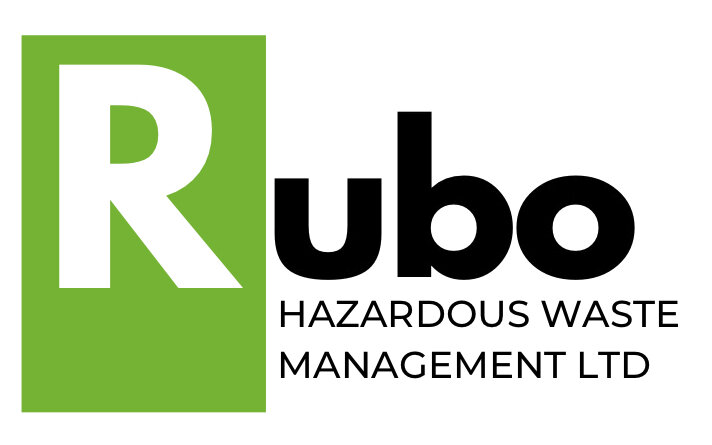Navigating Hazardous Waste and COMAH 2015: A Guide to Risk Management
The hazardous waste landscape is intrinsically intertwined with risk management, and the Control of Major Accident Hazards Regulations (COMAH) 2015 stands as a sentinel of safety. In this blog post, we embark on a profound exploration of the convergence between hazardous waste and COMAH 2015, delving into its significance, key provisions, and practical applications.
Understanding COMAH 2015 and its Implications:
COMAH 2015 casts a protective umbrella over industries dealing with hazardous substances that could trigger major accidents. Its primary aim is to prevent and mitigate the effects of major accidents involving dangerous substances, safeguarding personnel, communities, and the environment.
Key Provisions and Principles of COMAH 2015:
Identification of Major Hazards: COMAH 2015 mandates industries to identify major hazards, assess risks, and implement control measures to prevent and manage potential accidents.
Safety Reports: Establishing safety reports ensures comprehensive documentation of potential hazards, risk assessments, and safety measures to be taken.
Emergency Planning: COMAH 2015 emphasizes the development of effective emergency plans to respond swiftly and effectively to potential accidents.
Communication: Effective communication, both within an organization and with external stakeholders, is a cornerstone of COMAH 2015, enabling coordinated responses during emergencies.
The Intersection of Hazardous Waste and COMAH 2015:
Hazardous waste, often originating from industries subject to COMAH 2015, requires careful management to minimize risks and potential major accidents. By aligning hazardous waste management practices with COMAH guidelines, businesses ensure that hazardous substances are handled, stored, and disposed of responsibly.
Promoting Safety, Compliance, and Sustainability:
Personnel Safety: Adhering to COMAH 2015 principles in hazardous waste management prioritizes worker safety, reducing the potential for major accidents and associated risks.
Environmental Protection: Responsible hazardous waste handling prevents contamination and safeguards ecosystems, aligning with the environmental objectives of COMAH.
Legal Adherence: Compliance with COMAH 2015 not only fosters safety but also ensures compliance with regulatory mandates and legal obligations.
Our Commitment to COMAH-Driven Hazardous Waste Management:
At Rubo - Hazardous Waste Management Ltd, COMAH 2015 is a beacon guiding our commitment to responsible waste management. We integrate its principles to ensure the safety of our workforce, communities, and the environment.
Embracing Safety and Compliance:
For businesses navigating the complex terrain of hazardous waste and COMAH 2015, our expertise is at your service. Contact us to learn how we align waste management practices with COMAH guidelines, fostering safety, compliance, and sustainable operations.
